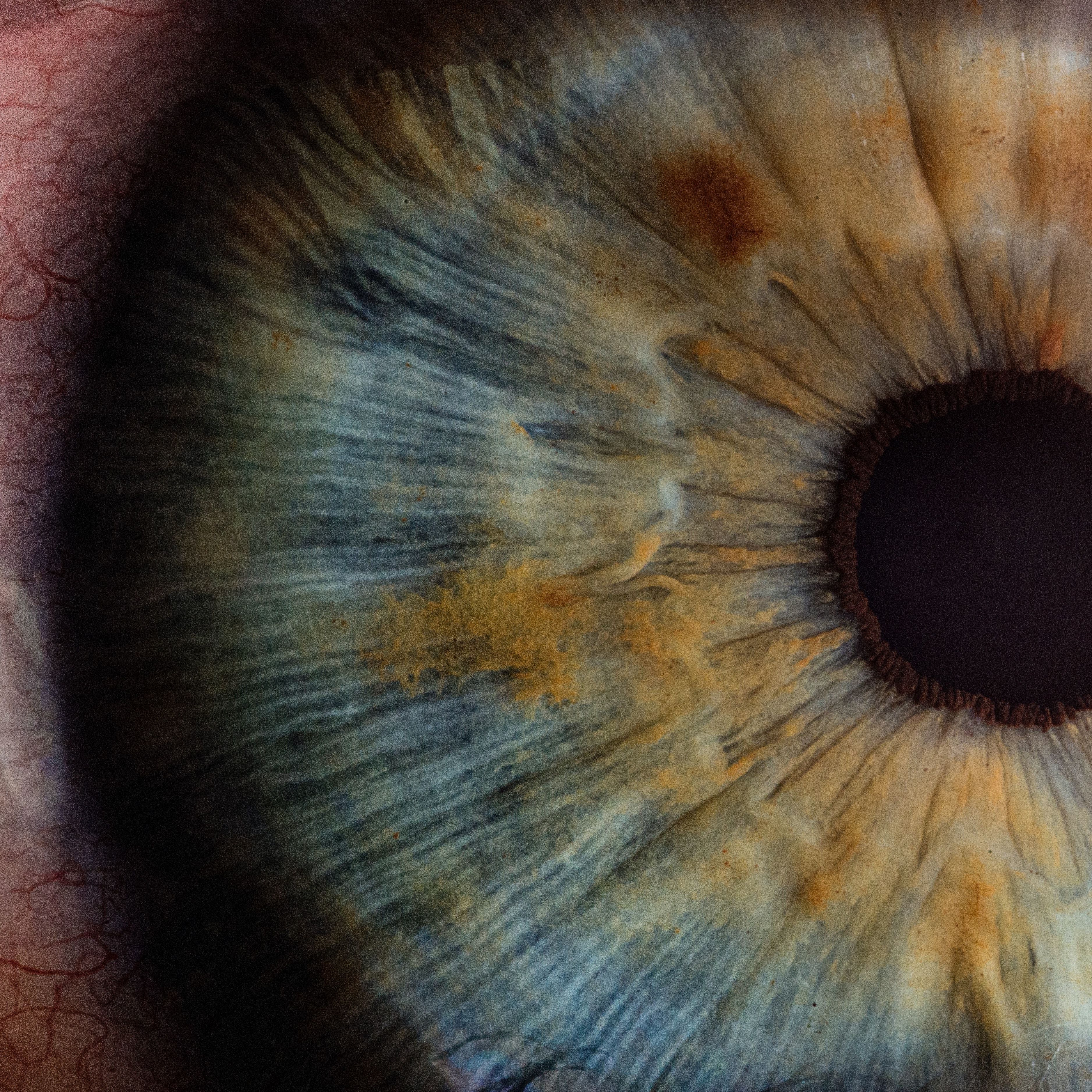Article
Achromatopsia Treatment, AAV-CNGA3, Granted Orphan Drug Designation by FDA
Author(s):
The FDA has granted an orphan drug designation to MeiraGTx Holdings Plc’s AAV-CNGA3 for the treatment of achromatopsia caused by mutations in the CNGA3 gene.
This morning, August 13, 2018, the US Food and Drug Administration (FDA) has granted an orphan drug designation to MeiraGTx Holdings Plc’s AAV-CNGA3, a gene therapy, for the treatment of achromatopsia (ACHM) caused by mutations in the CNGA3 gene.
“Without any currently approved therapies, we are very pleased by the FDA’s decision and the recognition from the Agency that those suffering from ACHM are in need of urgent treatment options,” said Alexandria Forbes, PhD, president and chief executive officer of MeiraGTx, in a recent statement. “This designation is the second important regulatory milestone we’ve received for AAV-CNGA3 in just 2 months and we look forward to continuing the momentum in this program for those in need of relief from this debilitating disease.”
ACHM is a rare inherited retinal disease that specifically inhibits the function of cone photoreceptors, thus, severely limiting an individual’s vision. Oftentimes, patients with ACHM are legally blind from birth, have extreme sensitivity to light, and experience involuntary eye movements. AAV-CNGA3 is delivered to the cone receptors at the back of the eye via subretinal injection with the aim of restoring cone function.
Previously, AAV-CNGA3 received a positive opinion from the European Medicines Agency’s (EMA) Committee for Orphan Medicinal Products recommending an orphan drug designation for AAV-CNGA3 for the treatment of ACHM in June 2018.





